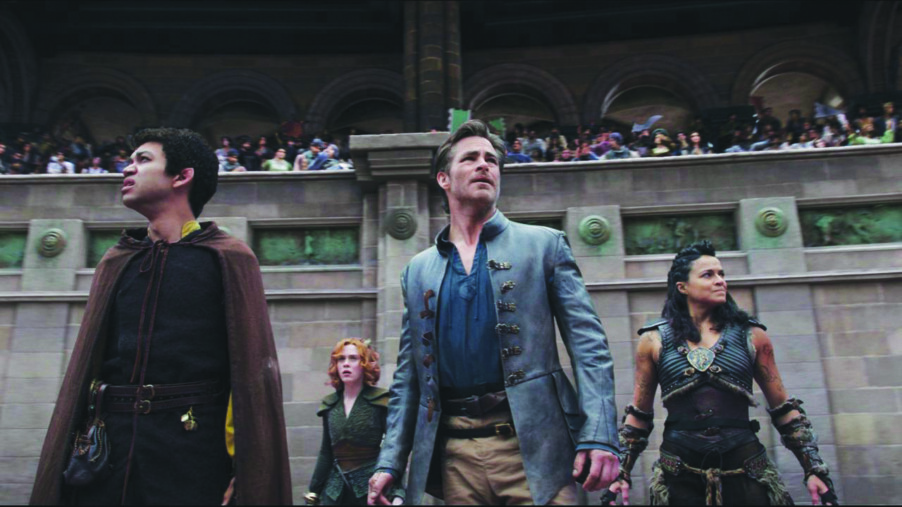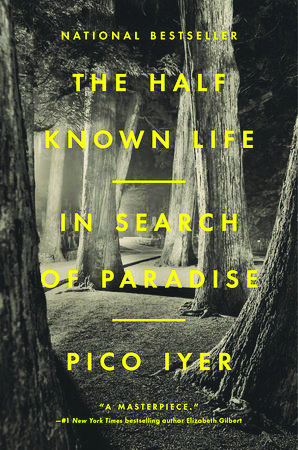Snarky Puppy arrives at Capitol Center
Jazz fusion collective Snarky Puppy is hot on the heels of winning its fifth Grammy, for the double album Empire Central. Bass player and primary composer Michael League spoke with the Hippo by phone from Minnesota, as a tour that stops in Concord on April 12 kicked off. League discussed moving to Catalonia, Spain, in 2020, the nature of his ever-changing band and its influences, and what all that Grammy love really means.
What led the decision to relocate to Spain?
I was looking to focus more on production rather than playing live, and I had gone through a lot of drama with recording studios in New York; there was always an issue in the spaces I was in… I was just like, I want to have my own studio in my own house, where I can bring artists to me, a place that I enjoy living that’s calm and tranquil … half of my family is Greek, so I always felt really at home in the Mediterranean … it’s one of the best decisions I ever made in my life.
Has the evolution of technology helped your creative process?
Everyone’s using technology, my bass plugs into an amp, that’s technology, but I wouldn’t say that we focus on being revolutionary or cutting edge with it. At the risk of sounding like an old kerfuffle, I think that we’re very analog. We’re very about getting in the room together and playing, and seeing what happens from the beginning … playing live is the essence of Snarky Puppy. Our thing is not making slick videos; we play music together, we’re like a family, and the chemistry between the members is what makes the music so special, I think.
What are your influences?
Oh my god, I listen to a lot of music, like everybody in the band does. I mean, I listen to a lot of music from different parts of the world, but I mean Snarky Puppy above all has been greatly influenced by Herbie Hancock’s Headhunters, Steely Dan, yeah sure, Tower of Power, you know and Parliament; Jaco Pastorius. I feel like a lot of the groups that sit in the cracks of genres, they are our biggest influences.
How does Grammy validation matter to you?
What the awards have done is vastly improve our quality of life on the road. We get paid better, treated better, and there’s more respect, which means our touring life is more sustainable. It used to be really rough, very intense and very hard on our bodies and bank accounts… people may not say [it] because we’ve been nominated five times and we’ve won five times, but the nature of Snarky Puppy is being underdogs. We started when we were too jazz for rock and too rock for jazz, and no one would book us. Festivals hated us because we were too electric, and rock clubs didn’t like us because we weren’t rock enough, and we somehow figured out a way to make it work.
What are your thoughts on working with David Crosby, on his passing, and his legacy?
He was one of my closest friends … he was like family. He changed so much about how I think about music, and I’m very grateful to have been able to spend time with him in the last part of his life. He had a reputation for being a difficult person, and I wouldn’t say that’s untrue, but … I will say that I experienced that very little in the years that I knew him. He was nothing but beautiful to me and all of my friends and everyone in my community. Just one the most generous people with his time and his resources…. When people talk about him, they talk about relationships that were destroyed [and] the more outlandish stuff that happened in his life, but if you’re going to talk about that, you have to talk about how he was so full of joy and generosity, and above all, so full of wonder about music. He was like a little kid with music, he always used to say it was the most fun you could have with your clothes on. It was just beautiful. The main thing that I learned from him is that it doesn’t matter how old you are, or famous or rich, just music brings joy. You get rid of all the superficial stuff, and you can reduce it down as much as you like and the core of it is just joy, and he had that at 81 years old. He was still so juiced and excited about playing, recording and creating.
You have many side projects — when you go on stage for this show, are you basically sticking to Snarky Puppy?
What I love about having so many projects is when you enter into one of them, you’re going into an entire world of music, with its own rules and natural laws and all this kind of stuff. It’s beautiful, because it exposes all kinds of parts of your personality. Actually, I don’t even like the thought of playing one of the songs from one band with another band, it doesn’t inspire me at all. I love going out with Snarky Puppy and just being in Snarky Puppy land, and then going out with Bokanté and being in that world. It’s fun, it’s like putting on a new pair of pants.
Snarky Puppy
When: Wednesday, April 12, 7:30 p.m.
Where: Capitol Center for the Arts, 44 S. Main St., Concord
Tickets: $35.25 and up at ccanh.com
Featured photo: Snarky Puppy. Michael League is in the foreground, left. Courtesy photo.






